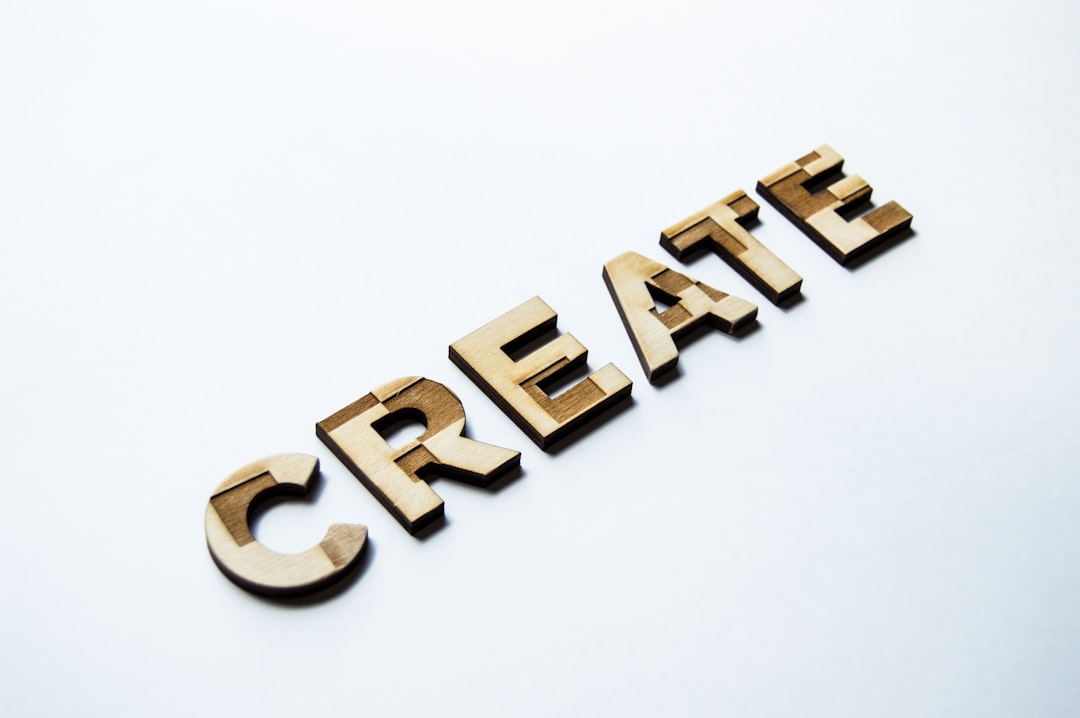In today’s rapidly evolving business landscape, organizations that embrace continuous improvement are more likely to thrive. A culture of continuous improvement, often referred to as Kaizen, isn’t just about incremental changes; it’s a fundamental shift in mindset, encouraging everyone to identify and implement improvements in every aspect of the business. This post delves into the key elements of building a robust and sustainable culture of continuous improvement.
1. Defining and Communicating the Vision of Continuous Improvement
The journey towards a culture of continuous improvement begins with a clear and compelling vision. This vision needs to be more than just a statement; it needs to be deeply understood and embraced by everyone within the organization. It should articulate the “why” behind the initiative – how continuous improvement will benefit the company, its employees, and its customers. Effective communication is crucial here. Leadership must actively champion the vision, consistently reinforcing its importance through regular communication channels, such as town hall meetings, newsletters, and team briefings. The vision should be translated into tangible goals and metrics, making progress measurable and visible to all.
Furthermore, the vision should not be a top-down imposition. Instead, it should be collaboratively developed, incorporating input from employees at all levels. This participatory approach fosters a sense of ownership and commitment, making the transition to a culture of continuous improvement smoother and more effective. Regular feedback mechanisms should be in place to ensure the vision remains relevant and aligned with the evolving needs of the organization.
2. Empowering Employees: The Foundation of Kaizen
A culture of continuous improvement cannot be imposed; it must be organically grown from within. This requires empowering employees at all levels to identify and implement improvements. This means providing them with the necessary training, tools, and autonomy to make changes. Training programs should focus on problem-solving techniques, process mapping, and data analysis. Organizations should also invest in tools and technologies that facilitate improvement initiatives, such as project management software and data visualization tools.
Importantly, employees need to feel safe to suggest improvements, even if those suggestions challenge the status quo. A culture of psychological safety is essential, where employees feel comfortable expressing their ideas without fear of retribution or criticism. This requires a leadership style that is supportive, encouraging, and open to feedback. Regular feedback sessions, both formal and informal, should be implemented to encourage open dialogue and idea sharing.
3. Implementing Effective Feedback Mechanisms and Data-Driven Decision Making
Data is the lifeblood of continuous improvement. Organizations need to establish robust systems for collecting, analyzing, and interpreting data related to their processes and performance. This data can be used to identify areas for improvement, track progress, and measure the impact of implemented changes. Effective data visualization techniques can make this data more accessible and understandable to everyone in the organization.
Feedback mechanisms are equally crucial. These should be multi-faceted, incorporating both formal and informal channels. Formal channels might include regular performance reviews, customer surveys, and employee satisfaction surveys. Informal channels could involve suggestion boxes, brainstorming sessions, and regular team meetings where employees can share their observations and ideas. The feedback collected should be analyzed carefully to identify recurring issues and trends, informing future improvement initiatives.
4. Fostering Collaboration and Knowledge Sharing
Continuous improvement is not a solitary endeavor; it requires collaboration and knowledge sharing across the organization. Creating a collaborative environment where employees feel comfortable sharing their ideas and learning from each other is essential. This can be achieved through cross-functional teams, knowledge-sharing platforms, and regular communication channels. Cross-functional teams bring together individuals from different departments and levels of the organization, fostering a more holistic perspective on improvement initiatives.
Knowledge-sharing platforms, such as internal wikis or online forums, can facilitate the dissemination of best practices and lessons learned. Regular meetings and workshops can provide opportunities for employees to share their experiences and learn from each other. Celebrating successes and recognizing contributions further reinforces the importance of collaboration and encourages continued participation.
5. Measuring and Recognizing Success: Sustaining the Momentum
Measuring the impact of continuous improvement initiatives is crucial to demonstrating their value and sustaining momentum. Key performance indicators (KPIs) should be established to track progress towards organizational goals. These KPIs should be aligned with the overall vision of continuous improvement and should be regularly monitored and reported on. Regular reviews of progress should be conducted to identify areas where improvements are needed and to celebrate successes.
Recognizing and rewarding employees who contribute to continuous improvement is essential to maintaining motivation and engagement. This could involve formal awards, public recognition, or simply expressing appreciation for their efforts. Celebrating successes, both big and small, reinforces the importance of continuous improvement and encourages continued participation. By demonstrating the tangible benefits of continuous improvement, organizations can ensure that it becomes an ingrained part of their culture.
By implementing these strategies, organizations can cultivate a thriving culture of continuous improvement, driving increased efficiency, enhanced productivity, improved employee engagement, and ultimately, sustainable growth. It’s a journey, not a destination, requiring consistent effort, commitment, and a willingness to adapt and evolve.
SEO Tags:
- Continuous Improvement
- Kaizen
- Lean Management
- Process Improvement
- Organizational Culture




